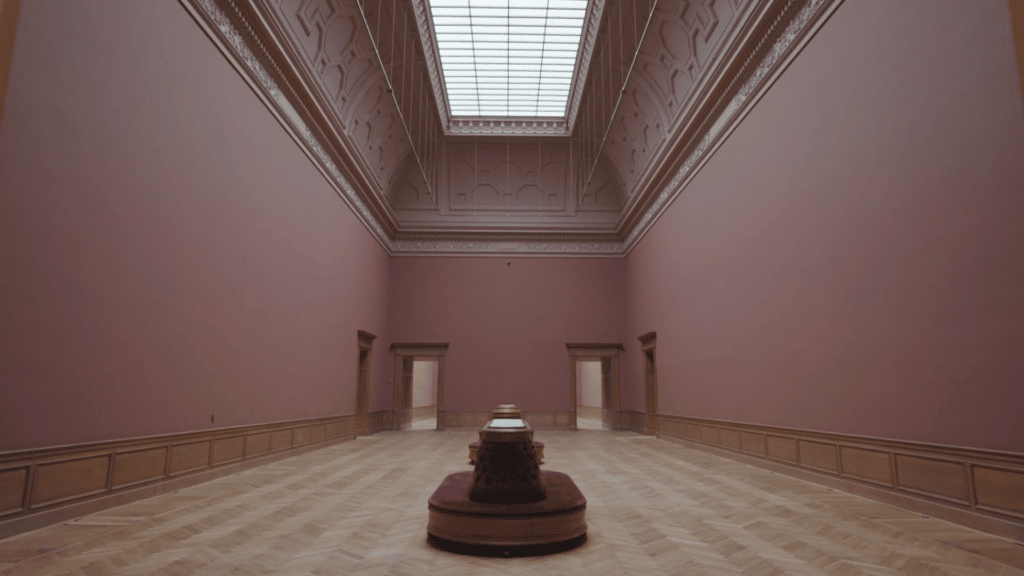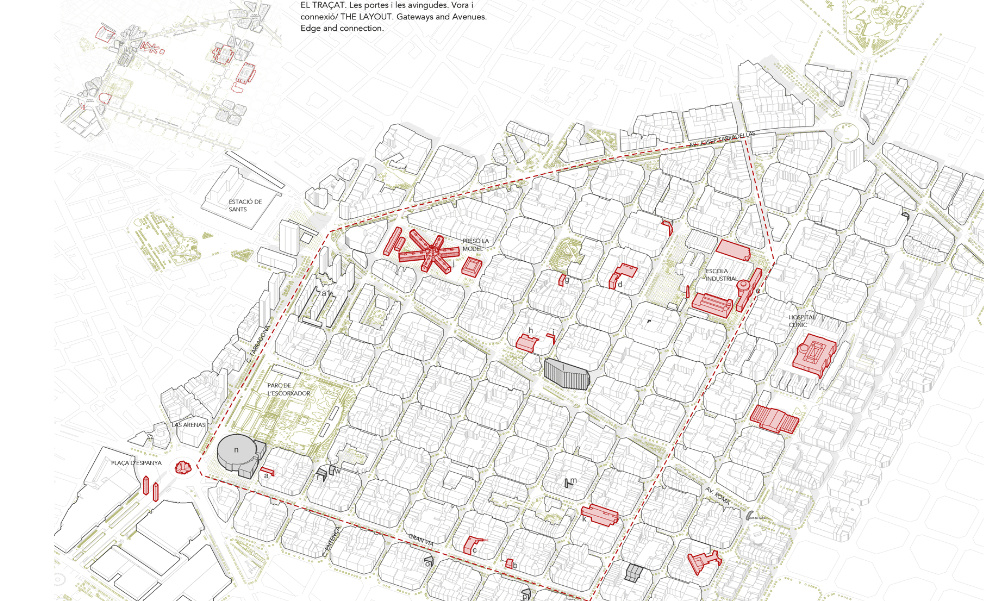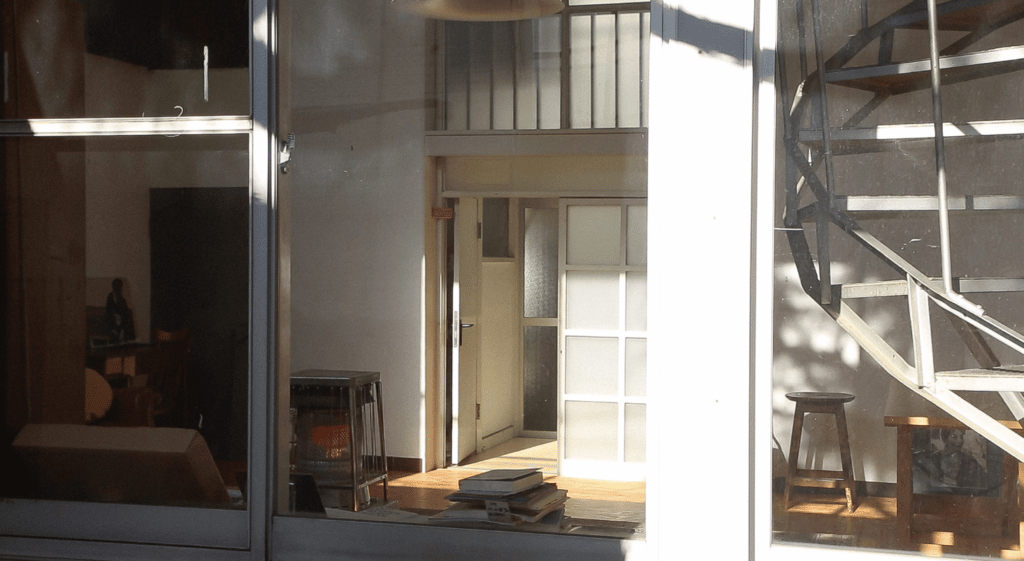On 18 June, the winners of the 5th European Award for Architectural Heritage Intervention were announced. The competition, organised every two years, featured almost 300 projects from 23 different countries. After the jury selected 15 finalists, four of them were declared winners in four different categories.
The competition is organised by the Architects’ Association of Catalonia (COAC) and the Association of Architects for the Protection and Preservation of Architectural Heritage (AADIPA). The Culture Ministry of Catalonia and the City of Barcelona also support the architectural heritage prize, which rewards the best forms of architectural interventions or restorations of heritage sites. Finalists could win prizes in four categories: intervention in built heritage, exterior spaces, planning and dissemination.
Prizes and winners
The Royal Museum of Fine Arts in Antwerp, Belgium, won the first category for intervention in built heritage. The jury was impressed by “the fact that the complexity and large scale of the project have not impeded it from resolving the modernisation of the building”, a press release read. While being redeveloped, the jury also praised the new design for not changing the perception of the building.

The second prize was for the Synagogue Square project in Onda, Spain. An 11th and 12th-century archaeological site intervention successfully highlights ancient Arab palaces and a Christian church. By connecting the site to its surroundings via design, the jury spoke of “an archaeological site that has become a living, modern space.” A worthy winner for the exterior spaces category.
Meanwhile, the Study of the urban landscape of the La Nova Esquerra de l’Eixample neighbourhood in Barcelona, Spain, won the prize for planning. The jury was impressed by the research’s approach to the historical space, “attaching importance not so much to physical buildings but rather to their negative, to collective memory and to the relations generated around the gaps and the landscapes created there.” The study established ten guidelines for future actions within the neighborhoud.

The last prize was awarded to the Two Houses project from Weimar, Germany. The jury rewarded the idea of showcasing a piece of history through film. The project is inspired by a Japanese architect who studied at the Bauhaus Academy in the 1920s. In the 21st century, Japanese students made their own heritage by filming the houses the architect built in Tokyo. The film documents the structures, the stories of their inhabitants, and depicts their lives today in and with the buildings.

Source: Architectural Heritage Intervention
Read more about architectural heritage or check out one of the tags below:

